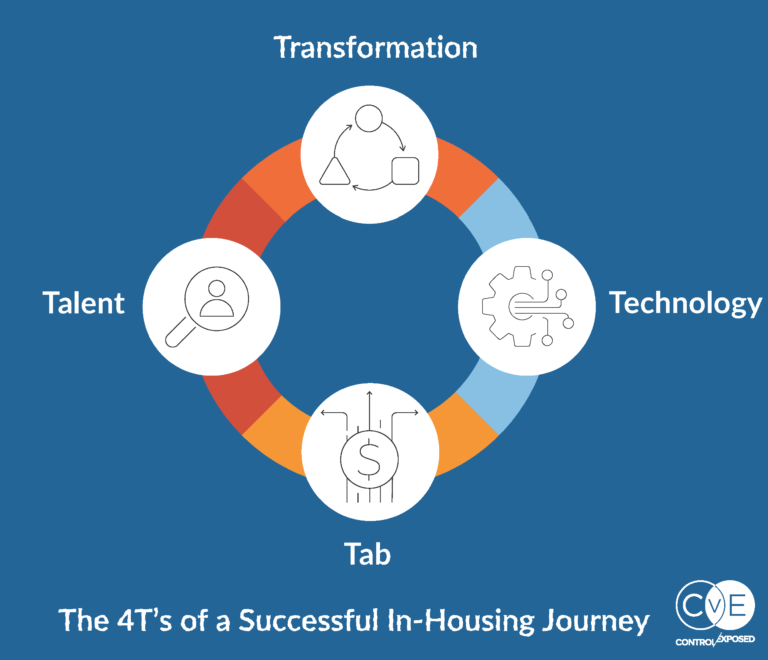With our teams in the US, UK and Asia, we’ve put together our top six digital marketing trends for 2022. These trends should be top of mind for any progressive marketer looking to stay ahead of the game and passionate about creating long-term business impact. If you have a mandate to transform marketing in 2022, then this is a MUST READ for you!
Marketers Are Going Agile

What was initially conceived as a ‘way of work’ for tech departments is now becoming a way of life for many marketing departments.
With benefits like focusing only on what is high leverage, completing projects efficiently and punctually, as well as spending less time in email, it is no wonder Agile is on the rise. What was initially conceived as a ‘way of work’ for tech departments is now becoming a way of life for many marketing departments looking to streamline their operations and run constant experiments which maximise revenue. Expect to see more global organisations rolling out Agile to their regions as a uniform way of working, more companies selecting vendors and agencies that can run Agile beside them, and consultancies supporting the process along the way.
Our recommendation for you:
Don’t dabble in Agile, go all-in. Hire Agile experts, invest in training, and commit to the process. Agile is not one size fits all, so be sure to develop an Agile way of working that fits your organisation and culture.
2. Retail Media Takes Centre Stage
The pandemic has had a seismic shift on consumer trends, most markedly in online retail. According to eMarketer, over 1 in 3 of all retail purchases in 2021 in the UK took place online (38%), which is a staggering increase of 72% from 2019 (22%), and that number is on the rise. This trend, combined with the increased focus on first-party data, personalisation, and third-party cookie erosion is a perfect storm for new commercial avenues for retailers, as they build moments for brands to engage and influence at the point of sale. For brands, capturing mid-funnel consumers researching in commerce environments, low funnel consumers with live purchase intent, or leaning into insights, rich retail first-party data is an opportunity that will reward the first movers.
Our recommendation for you:
If you are a retailer, you must start thinking like a publisher. As FMCG brands navigate the new reality of first-party data, they will quickly want to form relationships with preferred retailers that own a media network. Building a media retail network demands a breadth of capabilities underpinned by digital transformation. These range from the consumer-facing UX and customer service, to the operational framework around gathering, cleaning, enriching, and deploying data. A strong media network will enable your business to draw in advertising revenue and ensure your store fronts are worthy of the brands you are looking to attract.
3. Finally, An In-Housing Model That Fits!
Brands and agencies are learning to strike that ideal balance between in-housing and agency-led buying. At CvE, we call it Right-Housing. The model adapts to the goals and expertise needed for both the brand and the agency. Brands can more easily take ownership of their data for enhanced segmentation or in-depth reporting and retain the support of an agency to manage the more time-intensive aspects of media buying. Right-Housing breaks the traditional models by allowing both the brand and the agency to level up their skills and expertise.
Our recommendation for you:

No two Right-housing models are alike, because these are designed and built to adapt to each brand/agency’s goals and expertise. We recommend starting with a 4T’s – Transformation consultancy audit to help determine the ideal Right-housing strategy.
4. Cross-Channel And Cross-Funnel Understanding Takes Stride
In our quasi-post Covid world, digital has seen unprecedented growth. We know that digital channels offer measurement that enable marketers to get CFOs on their side. But, due to the various data points we can tie marketing efforts to, it is never been easier to prove value. However, there are still many gaps in our attribution measurement, especially when it comes to consideration and awareness marketing activity.
Our recommendation for you:
Create a singular owner of measurement to understand value of impact by channel and campaign. Set common objectives that link to business outputs in order to compare channel efficacy. From here, your brand will be able to create predictive models for channel attribution and conversion across all levels of the funnel.
5. Video, Voice and Vehicle Dominate SEO
Searches go hands-free with the proliferation of voice assistants in the home (Alexa, call pizza!) and the popularity of voice searches in TV remote controls or whilst driving. Brands are optimising for hands-free, longer, spoken search phrases that mirror natural language more closely than short online searches. As for online search trends, brands will increase investments in branded video content that answer common questions to create wins in the second largest search engine: YouTube. Further, multiscreen experiences recognise YouTube consumption is occurring more frequently on larger CTV screens that are non-clickable – but consumed whilst a mobile phone is in hand.

Searches go hands-free with the proliferation of voice assistants in the home.
Our recommendation for you:
Optimise site content for verbal searches which tend to be longer than typed queries. Apply SEO tactics and produce a library of keyword-themed video content. Engage all the senses with music, powerful imagery, text overlay, and memorable visual cues. Use verbal calls to action, script-in unique search keywords, and short URLs that can be readily ‘re- searched’ via a second screen: the mobile device.
6. The Last Days Of The Third Party Cookie: The End Really Is Near This Time
Firefox and Safari have already banned them, and after a prolonged stay of execution, Google has claimed they will finally phase out the use of third-party cookies in 2023. This is going to impact digital advertising in a big way. Brands will no longer be able to rely on third-party data to power the targeting that is currently readily available in digital marketing. Instead, brands will need to find new ways to deliver precision targeting
Our recommendation for you:
Advanced digital advertisers are racing to build data points that will allow them to reach prospects and customers into the future. Without third-party data, first-party data will grow in importance. We recommend that all marketers that rely on targeted digital advertising to build a first-party data strategy that enables the same precision targeting but via an audience-friendly value exchange that benefits their brand via opted-in and permission-based targeting.
The CvE international team advises brands on their digital marketing transformation agenda through a combination of advisory and consulting and then co-pilots said transformation by providing trusted hands-on expertise across media, technology and data. We team up with brands across the world to support them in developing comprehensive digital marketing strategies and in building or revamping their operating model and digital capabilities.
Want to learn more? Do you have any questions? Feel free to contact us

